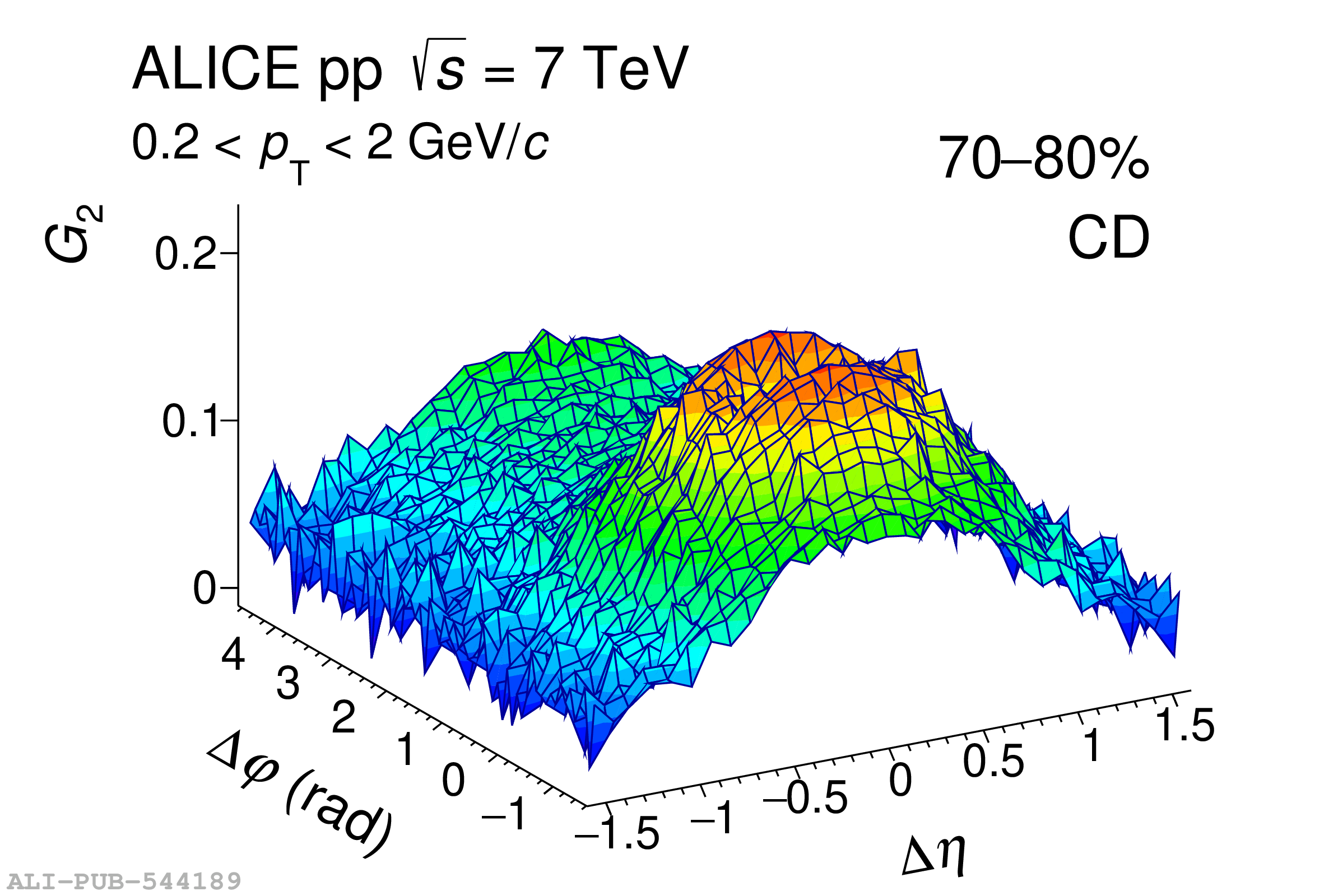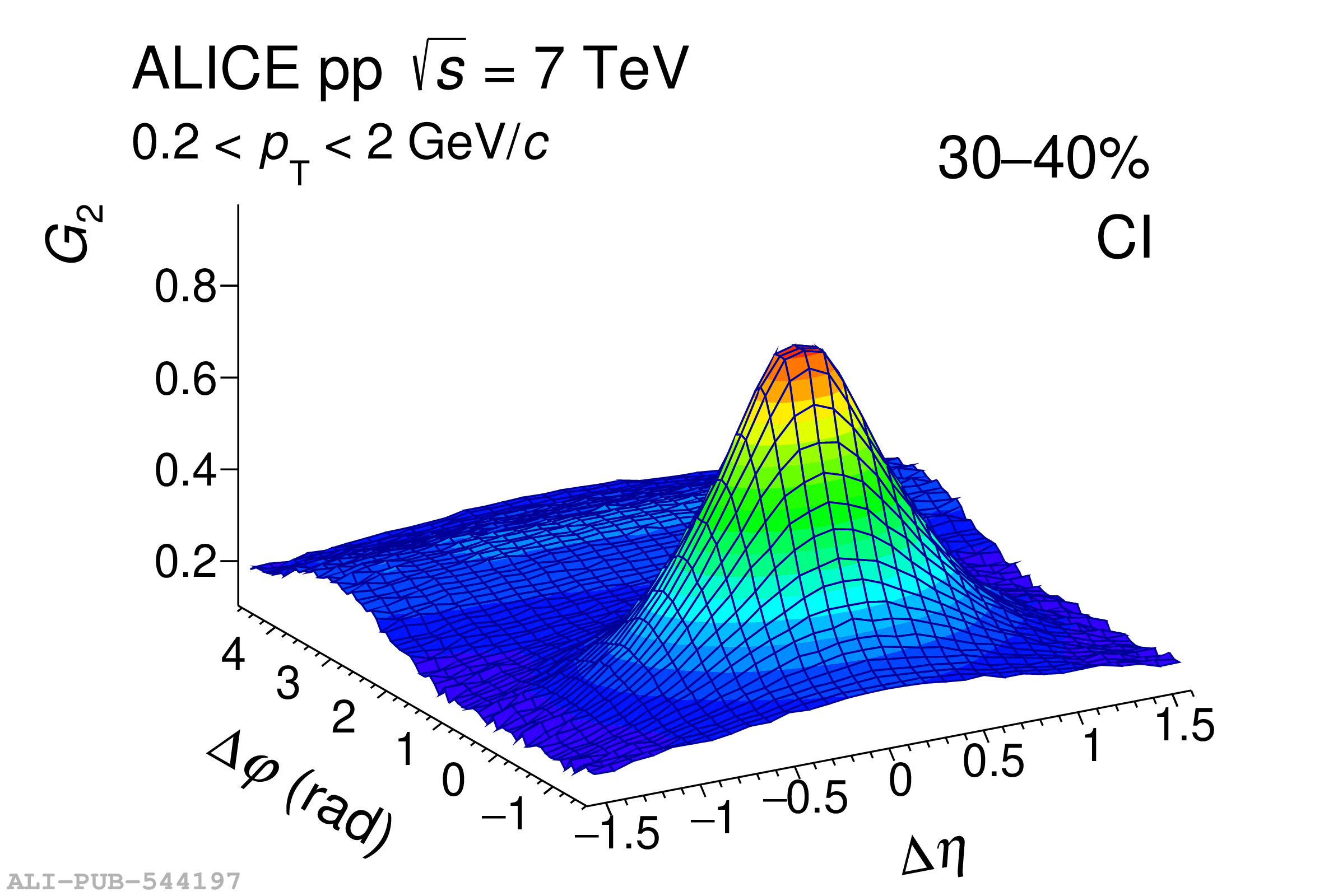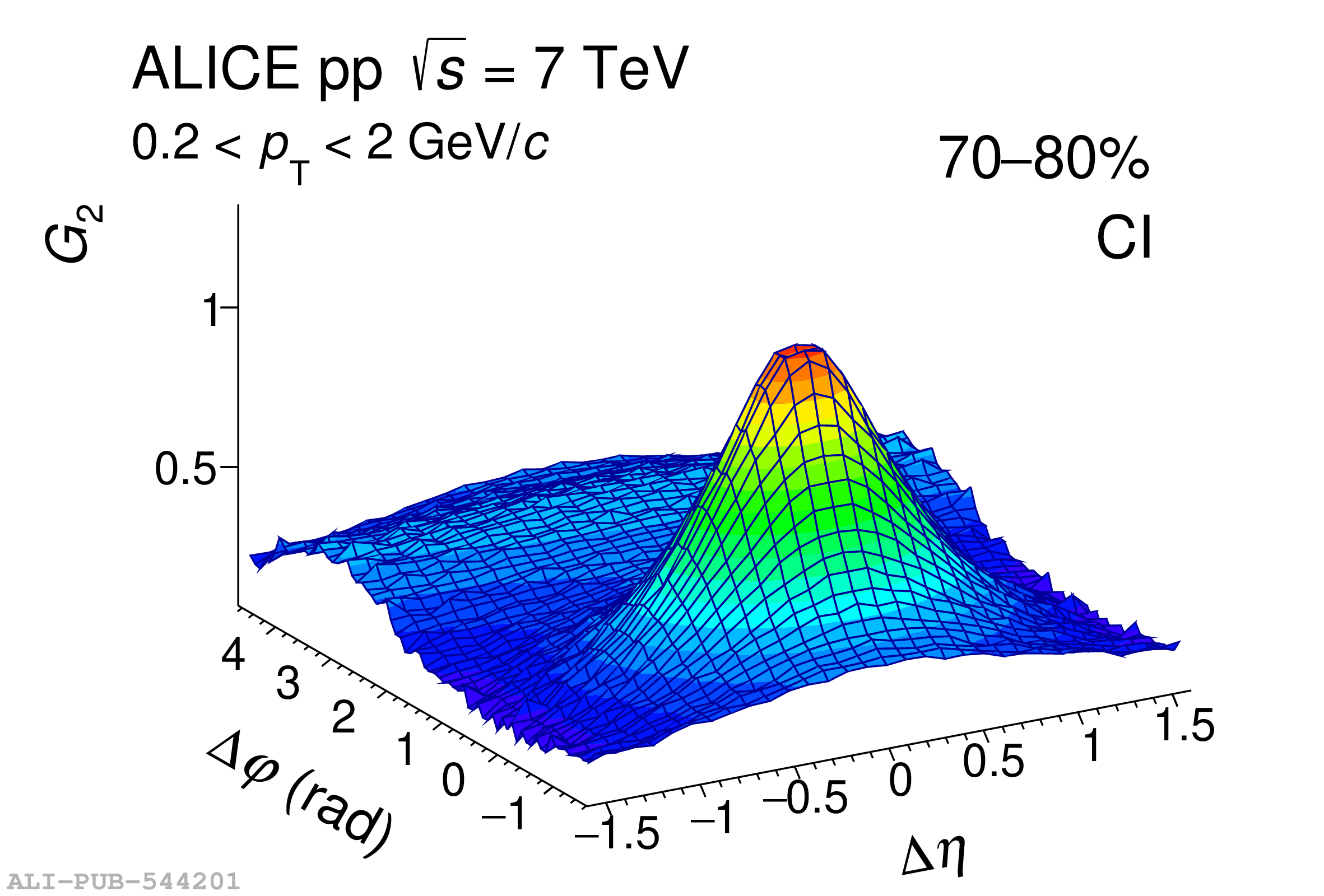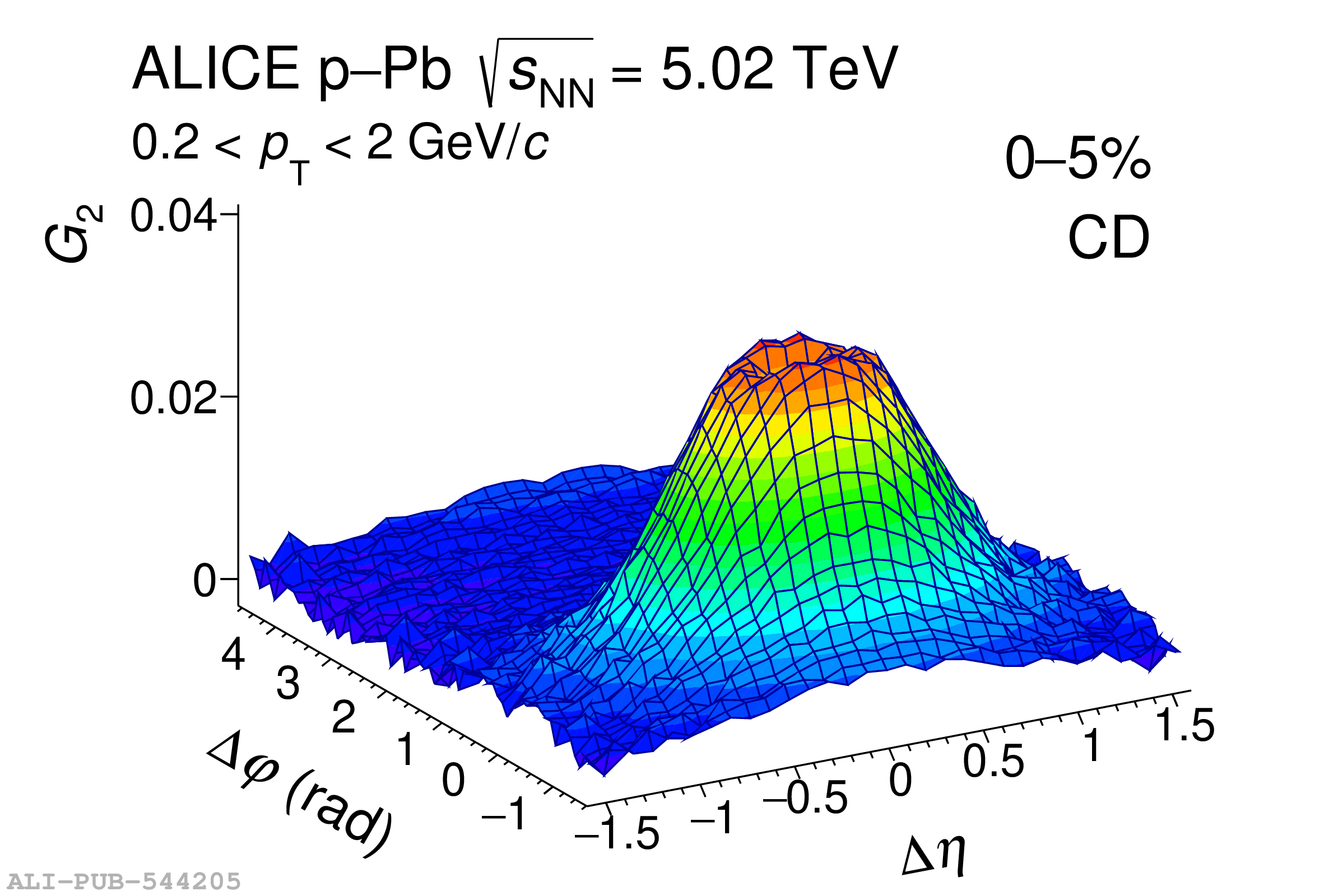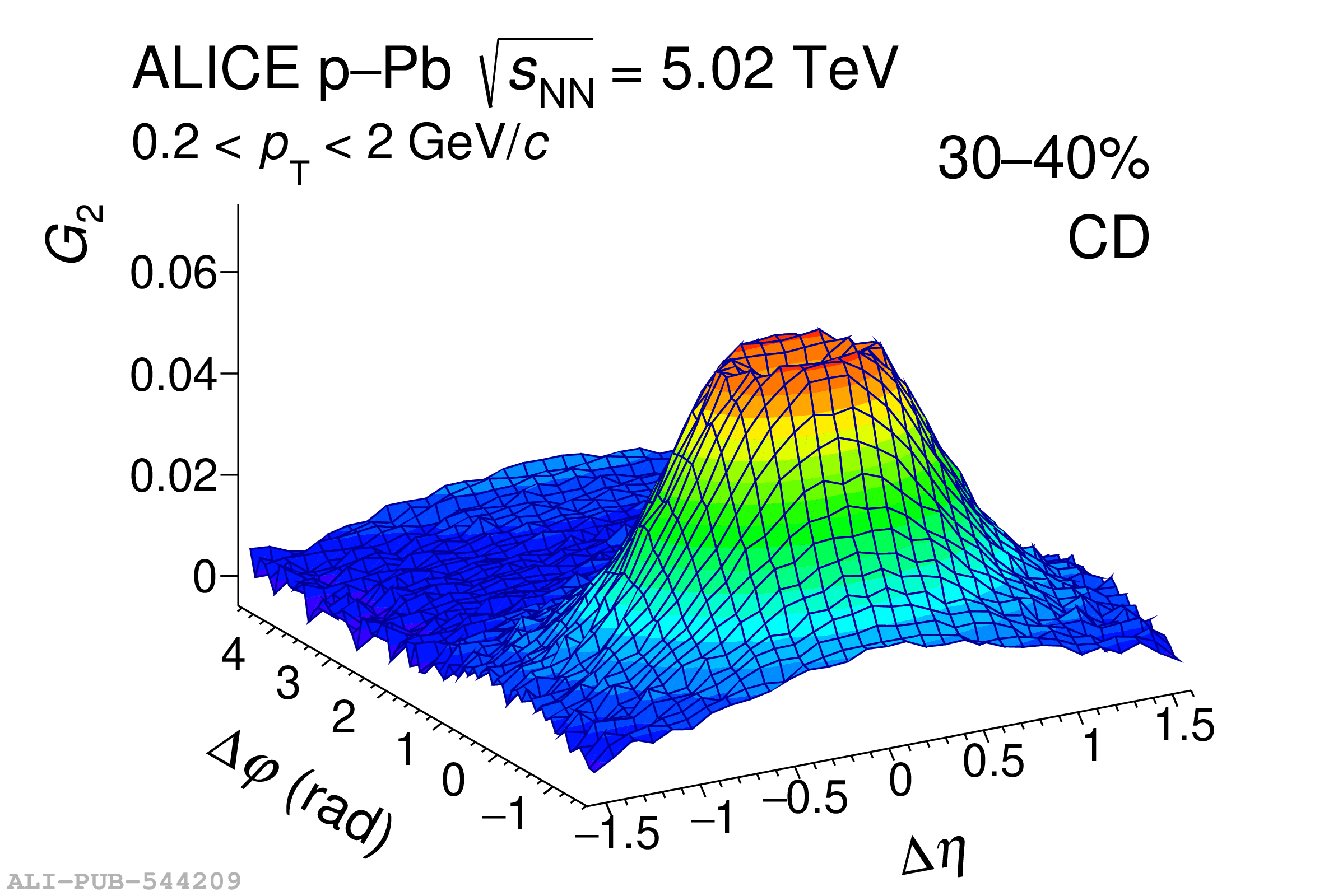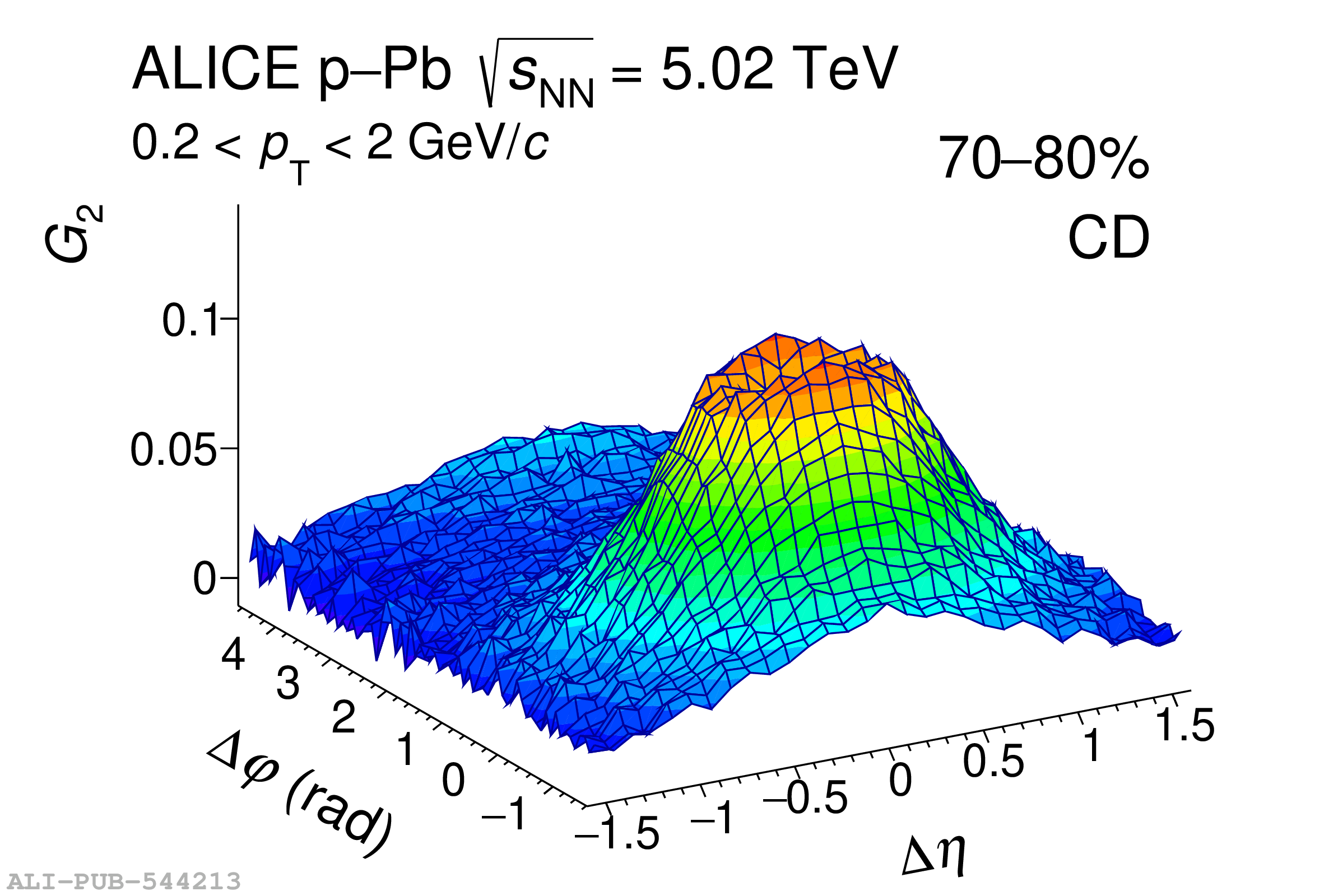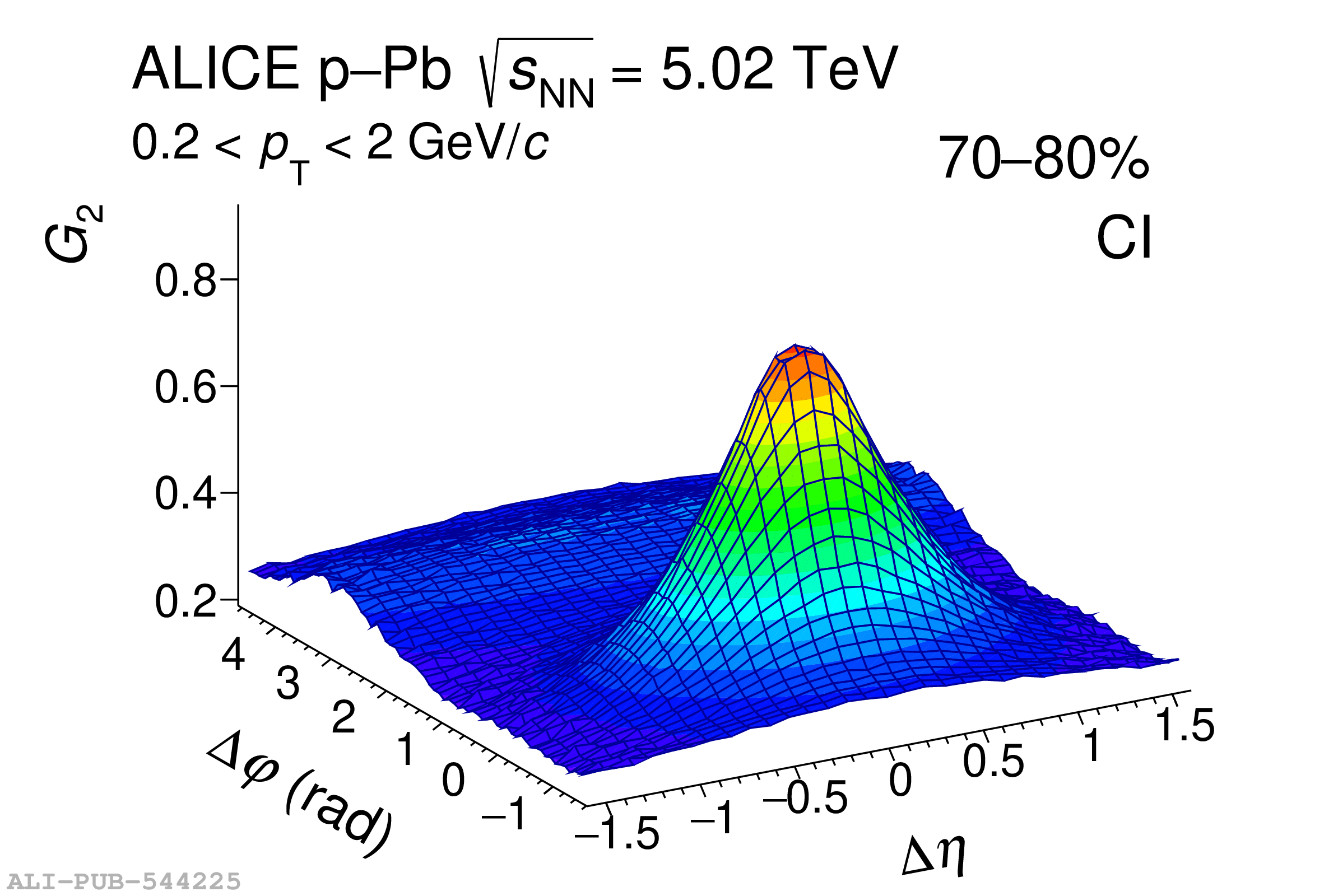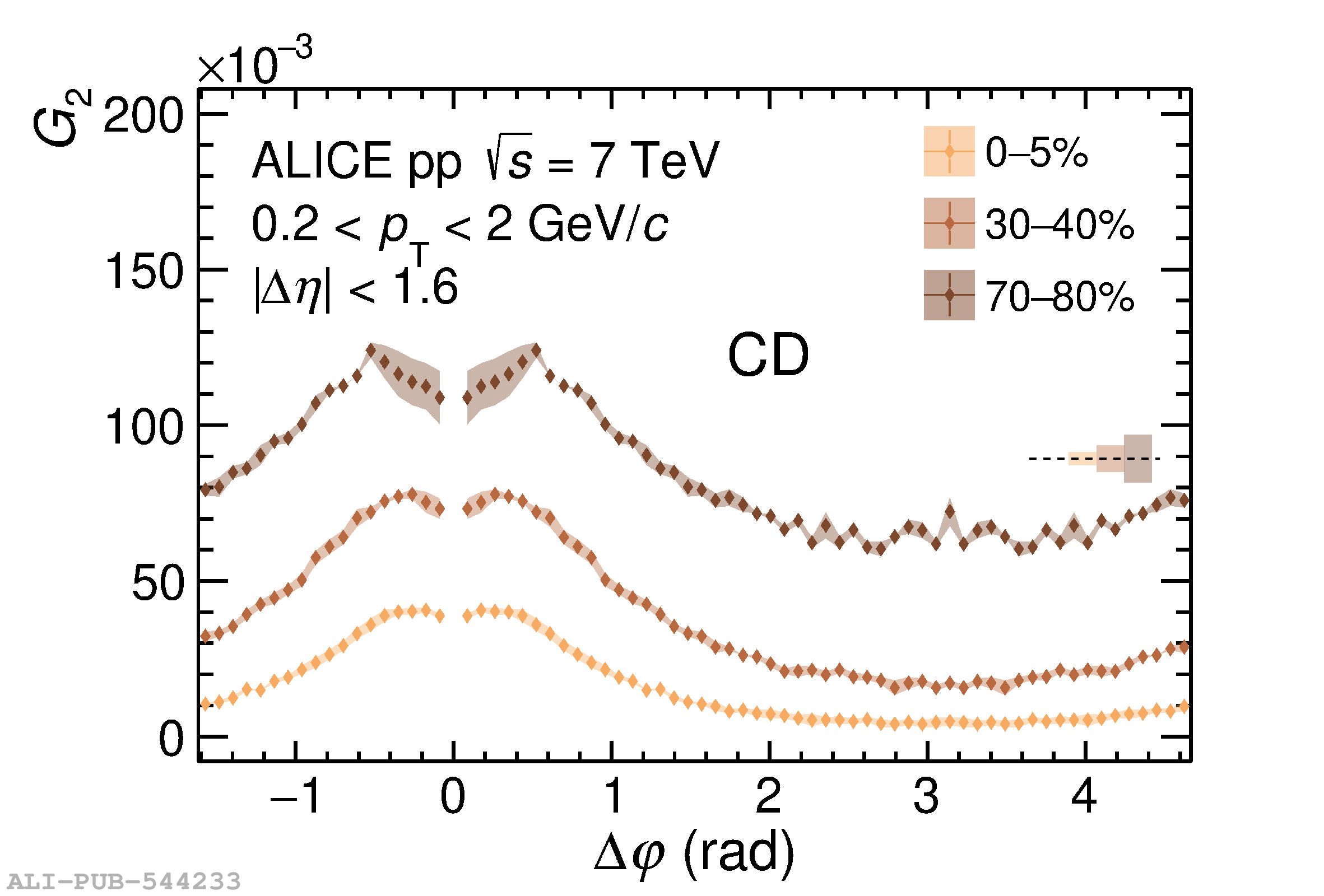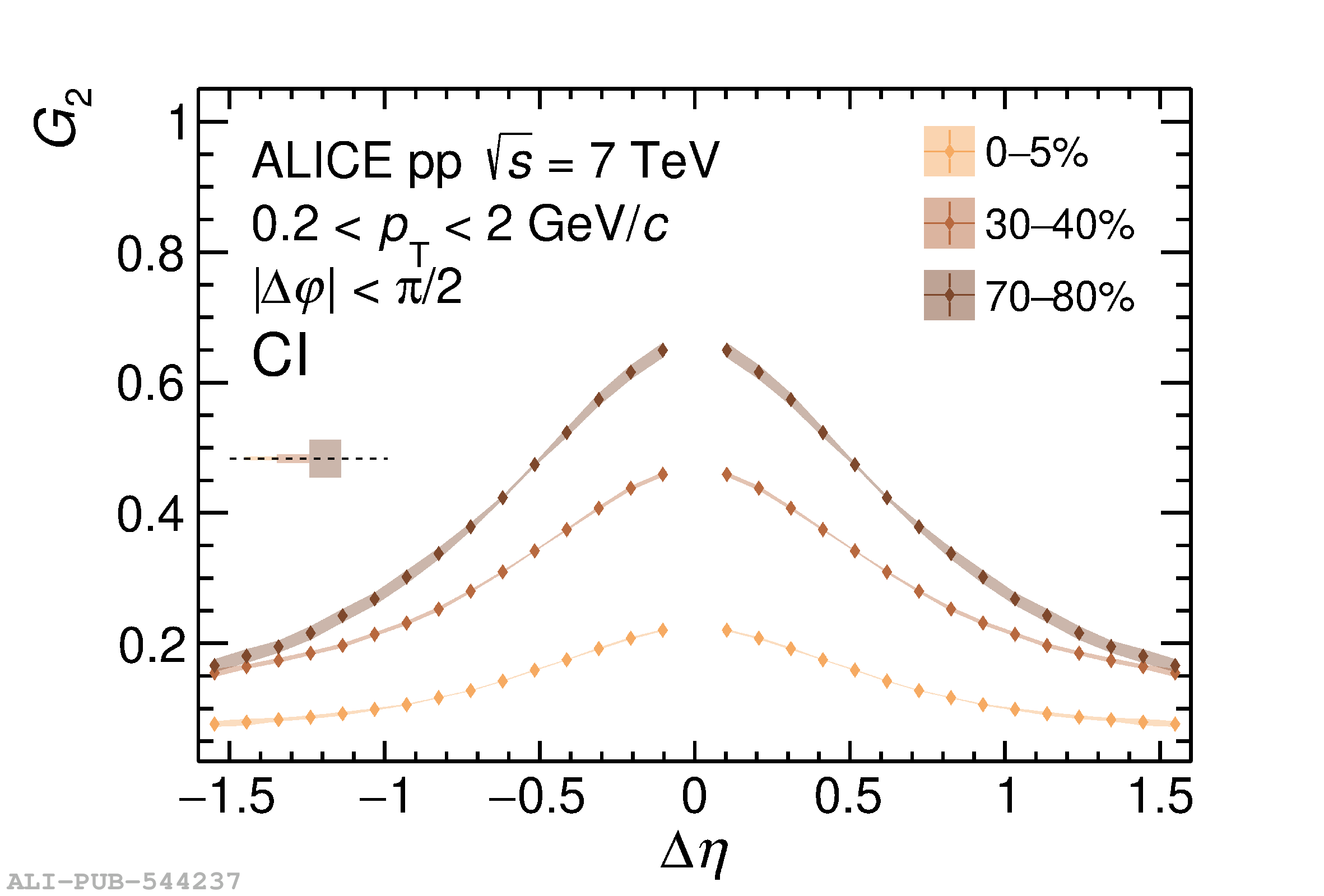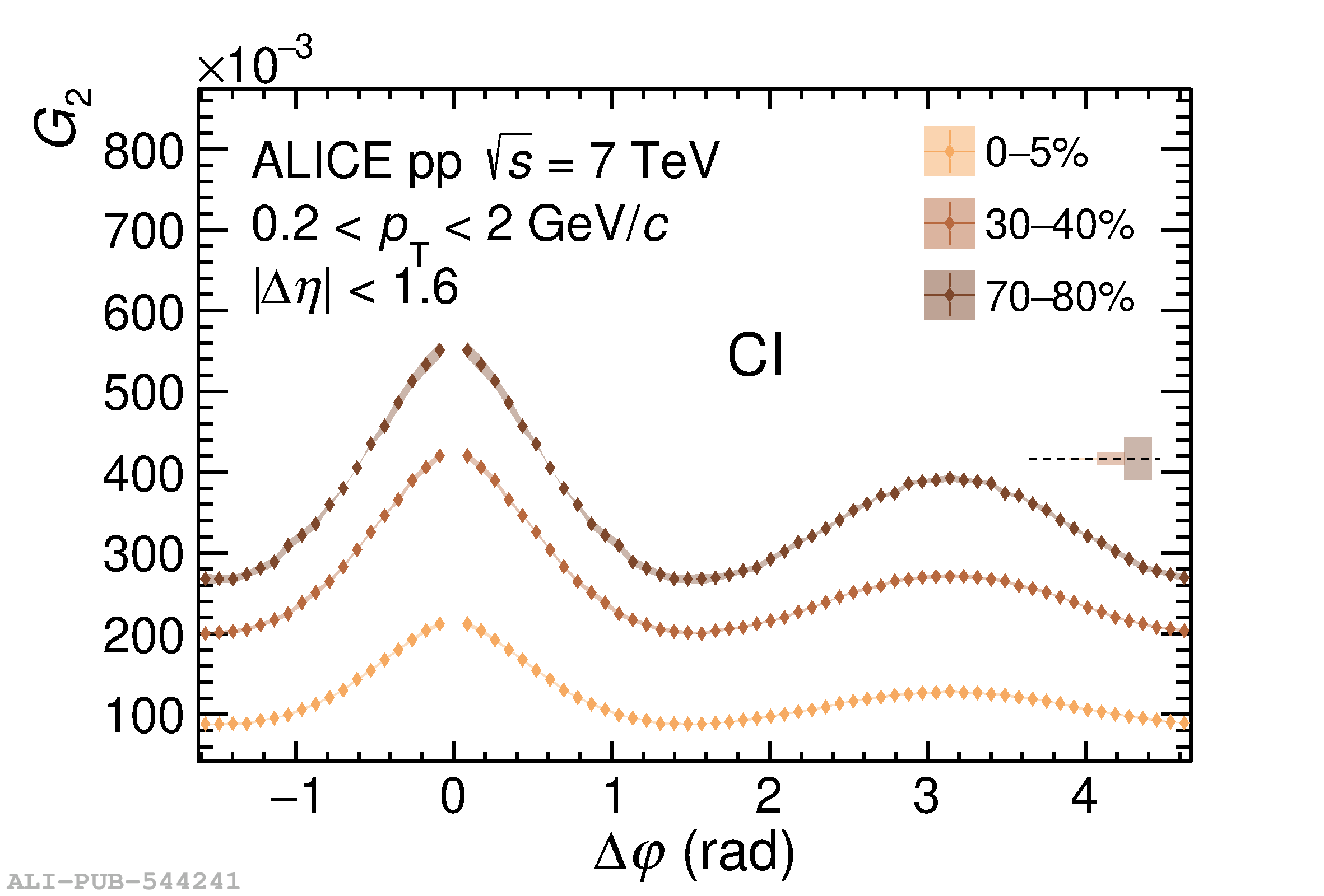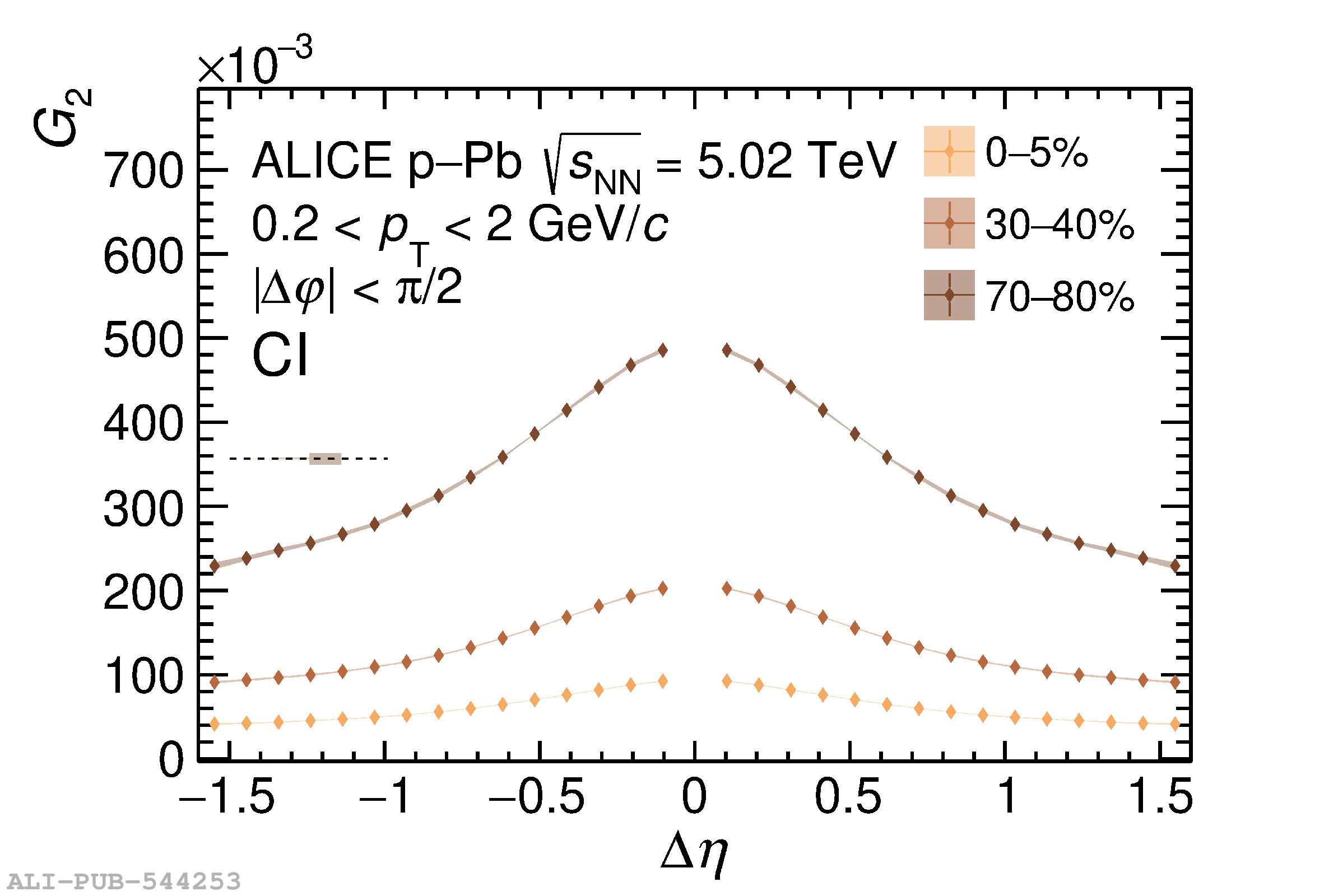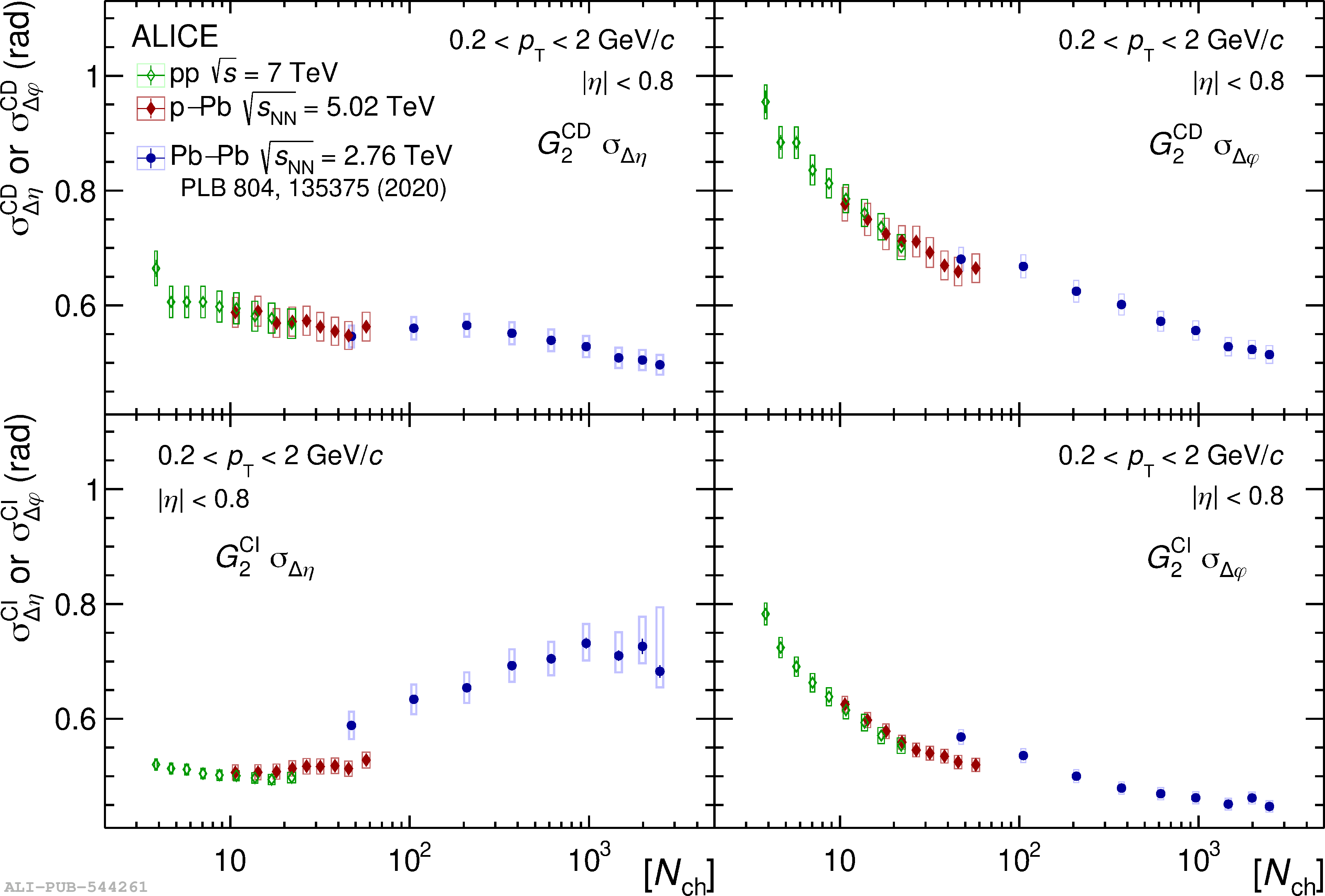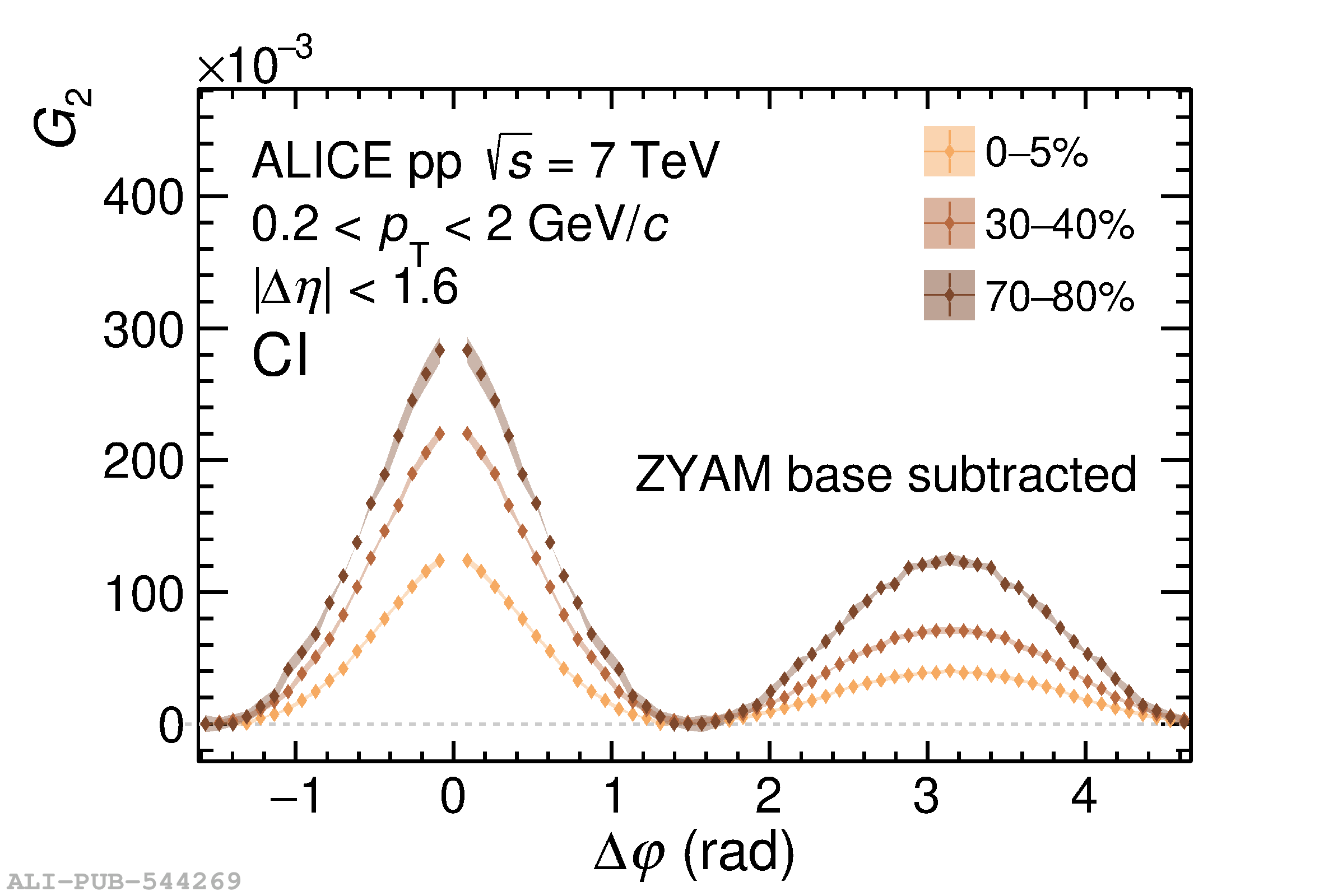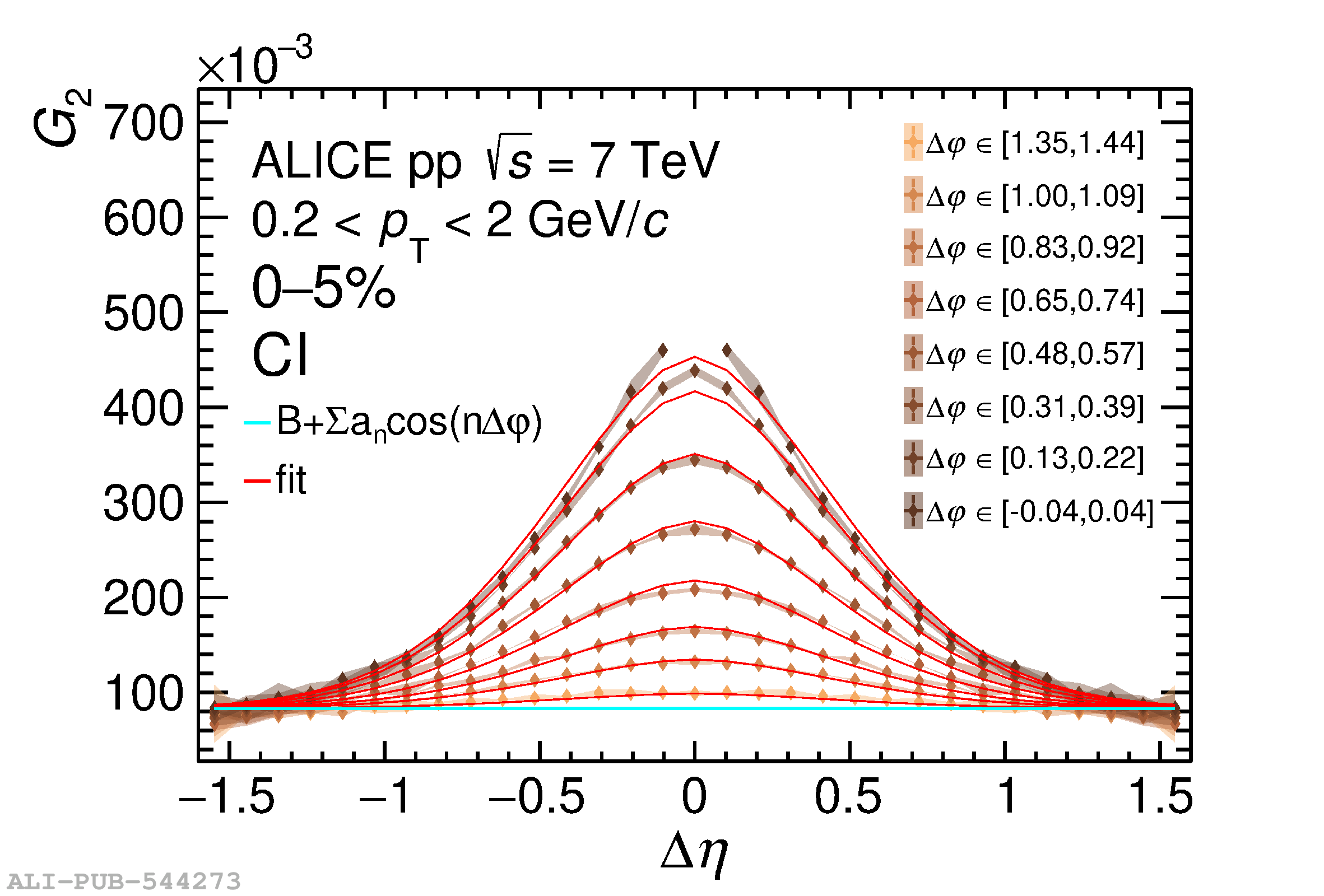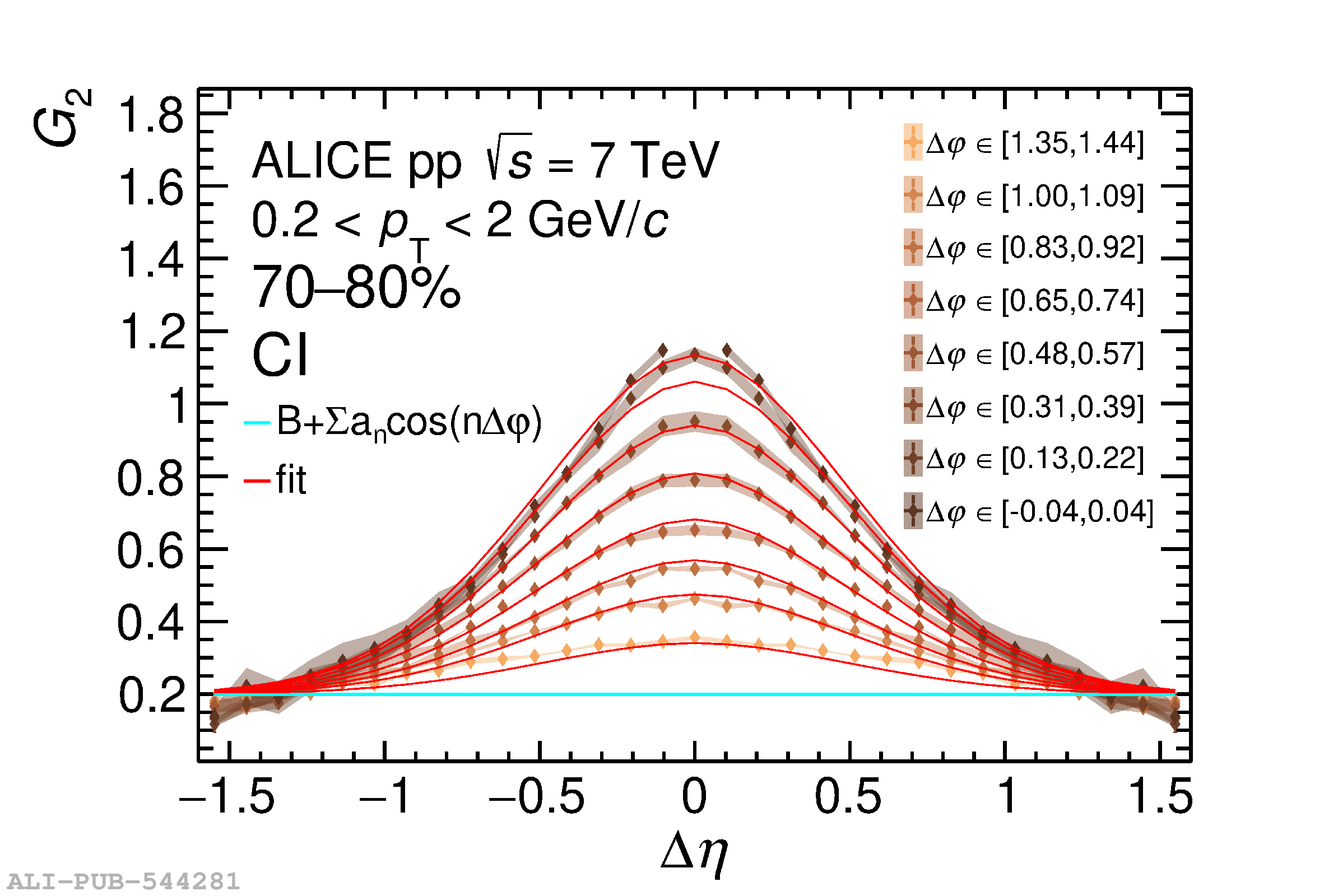Two-particle transverse momentum differential correlators, recently measured in Pb--Pb collisions at energies available at the CERN Large Hadron Collider (LHC), provide an additional tool to gain insights into particle production mechanisms and infer transport properties, such as the ratio of shear viscosity to entropy density, of the medium created in Pb-Pb collisions. The longitudinal long-range correlations and the large azimuthal anisotropy measured at low transverse momenta in small collision systems, namely pp and p-Pb, at LHC energies resemble manifestations of collective behaviour. This suggests that locally equilibrated matter may be produced in these small collision systems, similar to what is observed in Pb-Pb collisions. In this work, the same two-particle transverse momentum differential correlators are exploited in pp and p-Pb collisions at $\sqrt{s} = 7$ TeV and $\sqrt{s_{\rm NN}} = 5.02$ TeV, respectively, to seek evidence for viscous effects. Specifically, the strength and shape of the correlators are studied as a function of the produced particle multiplicity to identify evidence for longitudinal broadening that might reveal the presence of viscous effects in these smaller systems. The measured correlators and their evolution from pp and p--Pb to Pb--Pb collisions are additionally compared to predictions from Monte Carlo event generators, and the potential presence of viscous effects is discussed.
Phys. Rev. C 107 (2023) 054617
HEP Data
e-Print: arXiv:2211.08979 | PDF | inSPIRE
CERN-EP-2022-230
Figure group



